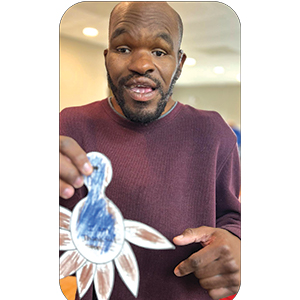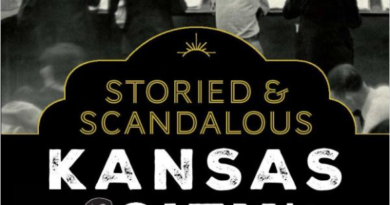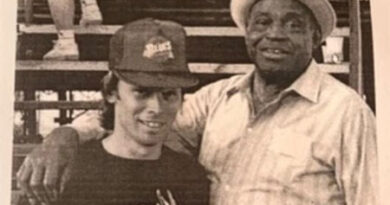The Butterfly Effect: Post-WWII Music Part 1
By David Burns
Music, probably more so than any other art form, is driven by technology. Early 20th century composers like Ferruccio Busoni envisioned a time when music would be able to “follow the line of the rainbow” by not being tied to any rules or the specific instruments of his time. With the invention in 1906 of the triode aubion tube, music slowly, but very surely, began losing the “weights” and laws previously applied to it. But it wasn’t until the invention of magnetic tape recording that the dream of a truly “free” music began being met.
Although various forms of magnetic recording had existed since the late 1800s, it wasn’t until the 1930s that BSAF and AEG developed modern, high quality magnetic tape recording in Germany. During World War II American forces came into possession of the AEG Magnetophon tape recorder and audio engineer John Mullin shipped two of them stateside. Mr. Mullin spent the next two years working on and improving the machines, eventually demoing them for entertainer Bing Crosby.
Bing Crosby was doing a live weekly radio broadcast for ABC and was looking for ways to prerecord his show to transfer the hectic live broadcast to the calmer recording studio and when Mr. Crosby heard the quality of the magnetic tape recorders, he knew this was the future. He invested in the electronics company Ampex and, on October 1st, 1947, his radio show became the first to broadcast from magnetic tape; and, maybe more importantly, the tapes were also heavily edited, allowing a flow that would not have been possible live. The ability to create a performance that was not actually possible to duplicate live had become a reality.
The practice of manipulating recordings was not a new idea. Dadaists had experimented with “turntablism” in the 1920s, and composers like John Cage went further with compositions like 1939’s “Imaginary Landscape No. 1” which was “played” on two turntables, among other instruments. However it was a recording called “The Expression of Zaar” done by Egyptian composer Halim El-Dabh in 1944 that laid the foundation for ways in which recordings could be manipulated. By recording street sounds, then running the signals through echo chambers and various equalization techniques, El-Dabh was able to create something truly new and unique.
At roughly the same time, French composer Pierre Schaeffer began experimenting with radiophonic techniques to explore sound-based composition, this eventually lead to musique concrete, a form of composition that relied almost exclusively on manipulating concrete or “found” sounds. Pierre Henry, a collaborator of Schaeffer’s, believed they were creating compositions much like one would create a sculpture. These techniques would eventually be utilized by the BBC Radiophonic Workshop, and composers like Delia Derbyshire, in unique and influential ways.
Although music made by electronic means had been around since the late 19th century, the post WWII era saw an explosion in the use of electronic instruments and circuits to create both sounds and compositions. Composers like Karlheinz Stockhausen, Louis and Bebe Barron, and Edgard Varese essentially turned the recording studio into a laboratory, moving away from composing with acoustically recorded sounds and instead focusing on electronically produced sounds.
It would be several years before many of these advances would find their way into popular music but the seeds were sown and electronic manipulation (Les Paul’s use of phase for example) and magnetic tape recording and its manipulation (slap back echo, multi tracking, and splicing for example) were fast becoming a part of the pop music landscape; all while other advances like improved amplifier manufacturing, Fender’s introduction of the solid body guitar and bass, and a newfound American mobility making the cross-pollination of regional styles common place, it was inevitable that new music styles and sounds would be born.

When you choose Fulfillment House, you help provide meaningful work to adults with special needs.
Fulfillment House offers printing, packaging, warehousing, and shipping for personal and professional needs.

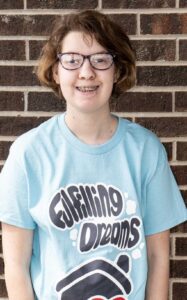 Name: Dasia
Name: Dasia
Age : 20
Dasia is one of our more recent hires at Fulfillment House. She has been part of our team for more than four months now. She enjoys all the tasks here and is always happy to jump in and help wherever needed.
Dasia is very active outside of work and has various interests. She enjoys playing video games and sketching on her iPad, especially anime. She is quite a talented artist! Dasia also loves animals and spends a lot of time with them. She helps take care of her many pets at home, including four dogs, four cats, four chickens, and two snakes. This is also her second year riding horses at Northland Therapeutic Riding Center, which she says is really fun!
Thanks for everything you do for Fulfillment House, Dasia!
Contact us for Print, Design, Shipping or Warehousing!
print@thefulfillmenthouse.org
www.thefulfillmenthouse.org
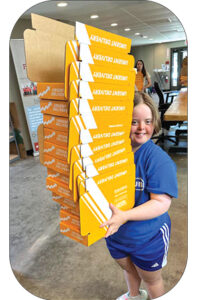 The Fulfillment House began in 2018 as a passion project for two local business owners as one of their sons with Down Syndrome was navigating the often-difficult transition to life after high school. They saw the potential to take an existing business need and transform it into an enriching employment opportunity for adults with special needs.
The Fulfillment House began in 2018 as a passion project for two local business owners as one of their sons with Down Syndrome was navigating the often-difficult transition to life after high school. They saw the potential to take an existing business need and transform it into an enriching employment opportunity for adults with special needs.